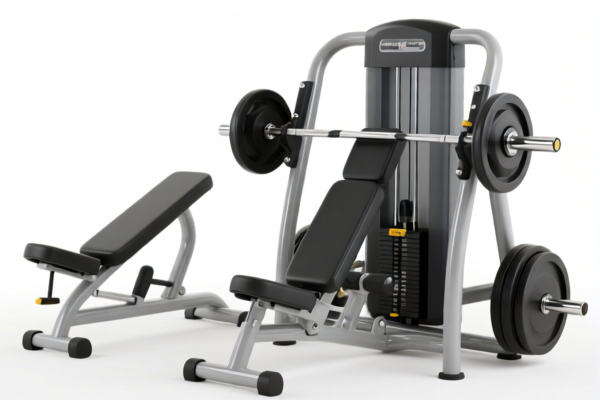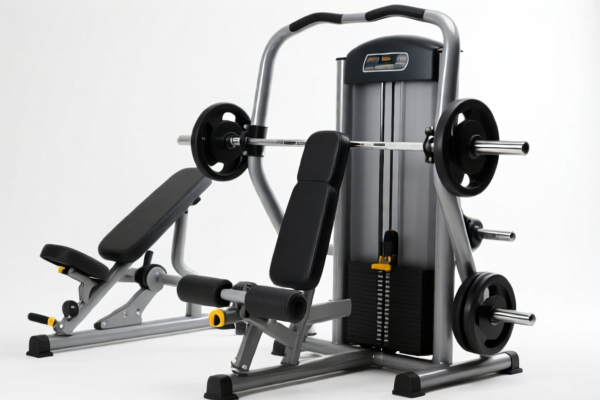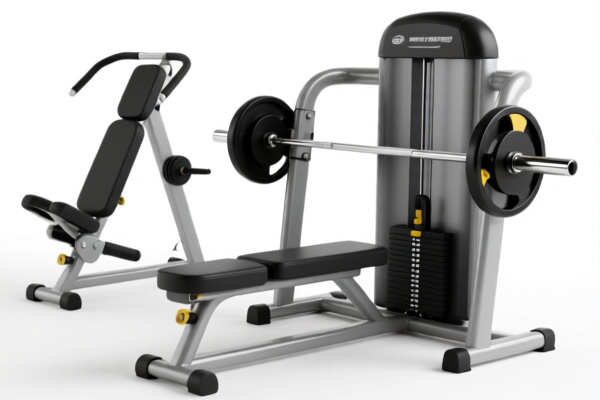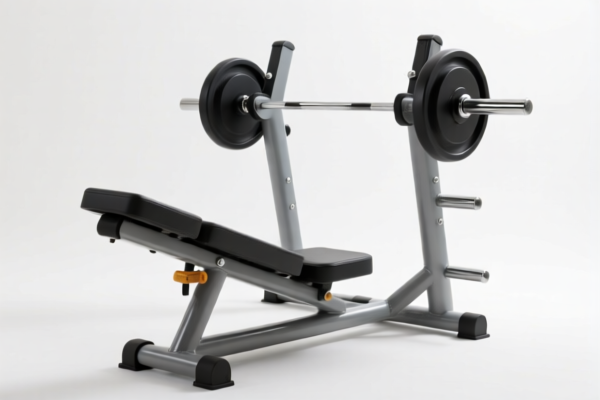| HS Code | Official Doc | Tariff Rate | Origin | Destination | Effective Date |
|---|---|---|---|---|---|
| 9601908000 | Doc | 41.2% | CN | US | 2025-05-12 |
| 9601906000 | Doc | 37.5% | CN | US | 2025-05-12 |
| 9620003090 | Doc | The rate applicable to the article of which it is an accessory+30.0% | CN | US | 2025-05-12 |
| 9620005000 | Doc | 60.3% | CN | US | 2025-05-12 |
| 3306100000 | Doc | 30.0% | CN | US | 2025-05-12 |
| 3306900000 | Doc | 55.0% | CN | US | 2025-05-12 |




Dental Equipment
Dental equipment encompasses a wide range of tools used by dental professionals for the diagnosis, prevention, and treatment of conditions affecting the oral cavity. These instruments are utilized in various dental specialties including general dentistry, orthodontics, periodontics, endodontics, and oral surgery.
Materials
Dental equipment is constructed from a variety of materials chosen for their durability, sterilizability, and biocompatibility. Common materials include:
- Stainless Steel: A primary material for many hand instruments due to its corrosion resistance and ability to withstand sterilization.
- Titanium: Used in implants and some instruments requiring high strength and biocompatibility.
- Ceramics: Employed in restorative materials, crowns, and implant components.
- Polymers (Plastics): Found in disposable items like suction tips, impression trays, and components of certain instruments.
- Composite Resins: Used for fillings and restorative procedures.
- Alloys: Various alloys (e.g., nickel-chromium, cobalt-chromium) are used in the construction of crowns, bridges, and other prosthetics.
Purpose & Function
The primary purpose of dental equipment is to maintain oral health. This is achieved through several functions:
- Diagnosis: Identifying oral diseases, cavities, and other conditions.
- Prevention: Cleaning teeth, applying sealants and fluoride, and providing patient education.
- Restoration: Repairing damaged teeth with fillings, crowns, bridges, and implants.
- Extraction: Removing teeth that are severely damaged or diseased.
- Cosmetic Enhancement: Improving the appearance of teeth through procedures like whitening, veneers, and orthodontics.
- Surgical Procedures: Performing procedures such as root canals, gum grafts, and implant placement.
Usage Scenarios
Dental equipment is utilized in diverse settings:
- General Dentistry: Routine check-ups, cleaning, fillings, and extractions.
- Orthodontics: Braces, aligners, and retainers for correcting teeth alignment.
- Periodontics: Treatment of gum disease and surrounding tissues.
- Endodontics: Root canal therapy.
- Oral Surgery: Extraction of impacted teeth, jaw surgery, and implant placement.
- Prosthodontics: Creation and fitting of dentures, bridges, and crowns.
- Pediatric Dentistry: Specialized equipment for children's dental care.
- Dental Laboratories: Fabrication of crowns, bridges, dentures, and other prosthetics.
Common Types of Dental Equipment
Dental equipment can be broadly categorized into several types:
- Hand Instruments:
- Explorers: Used to detect cavities and assess tooth surfaces.
- Probes: Measure pocket depths and assess gum health.
- Scalers: Remove plaque and calculus (tartar) from teeth.
- Excavators: Remove decayed tooth structure.
- Forceps: Used for tooth extraction.
- Power-Driven Instruments:
- Dental Drills (Handpieces): Used for cavity preparation, polishing, and other procedures. These include high-speed and low-speed handpieces.
- Ultrasonic Scalers: Remove plaque and calculus using vibrations.
- Polishing Machines: Smooth and polish restorations.
- Diagnostic Equipment:
- Dental X-ray Machines: Produce images of teeth and surrounding structures. (Includes intraoral and extraoral types, and digital radiography systems)
- Intraoral Cameras: Provide magnified views of the oral cavity.
- Radiography Sensors: Digital alternatives to traditional X-ray film.
- Panoramic X-ray Machines: Provide a wide view of the entire mouth.
- Sterilization Equipment:
- Autoclaves: Sterilize instruments using high-pressure steam.
- Ultrasonic Cleaners: Remove debris from instruments before sterilization.
- Chemical Sterilization Solutions: Used for instruments that cannot be sterilized by heat.
- Restorative Equipment:
- Amalgamators: Mix amalgam filling material.
- Light-Curing Units: Harden composite fillings.
- Impression Materials & Trays: Used to create molds of teeth.
- Operatory Equipment:
- Dental Chairs: Adjustable chairs for patient comfort.
- Dental Lights: Provide illumination for procedures.
- Suction Systems: Remove fluids and debris from the oral cavity.
- Spitovans: Collect fluids and debris during procedures.
- CAD/CAM Systems: Computer-Aided Design/Computer-Aided Manufacturing systems used to design and fabricate restorations.
The declared goods are categorized as “dental equipment”. Based on the provided reference material, the following HS codes are relevant:
-
3306100000: This HS code falls under Chapter 33, which covers “Preparations for oral or dental hygiene”. Specifically, it covers “Preparations for oral or dental hygiene, including denture fixative pastes and powders; yarn used to clean between the teeth (dental floss), in individual retail packages”, and further specifies “Dentifrices”. This would include toothpaste and other similar cleaning agents used in dental care. The base tariff is 0.0%, with a 0.0% additional tariff, increasing to 30.0% after April 2, 2025.
-
3306900000: This HS code also falls under Chapter 33, covering “Preparations for oral or dental hygiene”. However, it covers “Other” preparations for oral or dental hygiene not specifically mentioned in 3306100000. The base tariff is 0.0%, with an additional tariff of 25.0%, increasing to 30.0% after April 2, 2025.
According to the provided reference material, the HS code options related to 'dental equipment' are limited, with only the following 2 found.
Customer Reviews
No reviews yet.